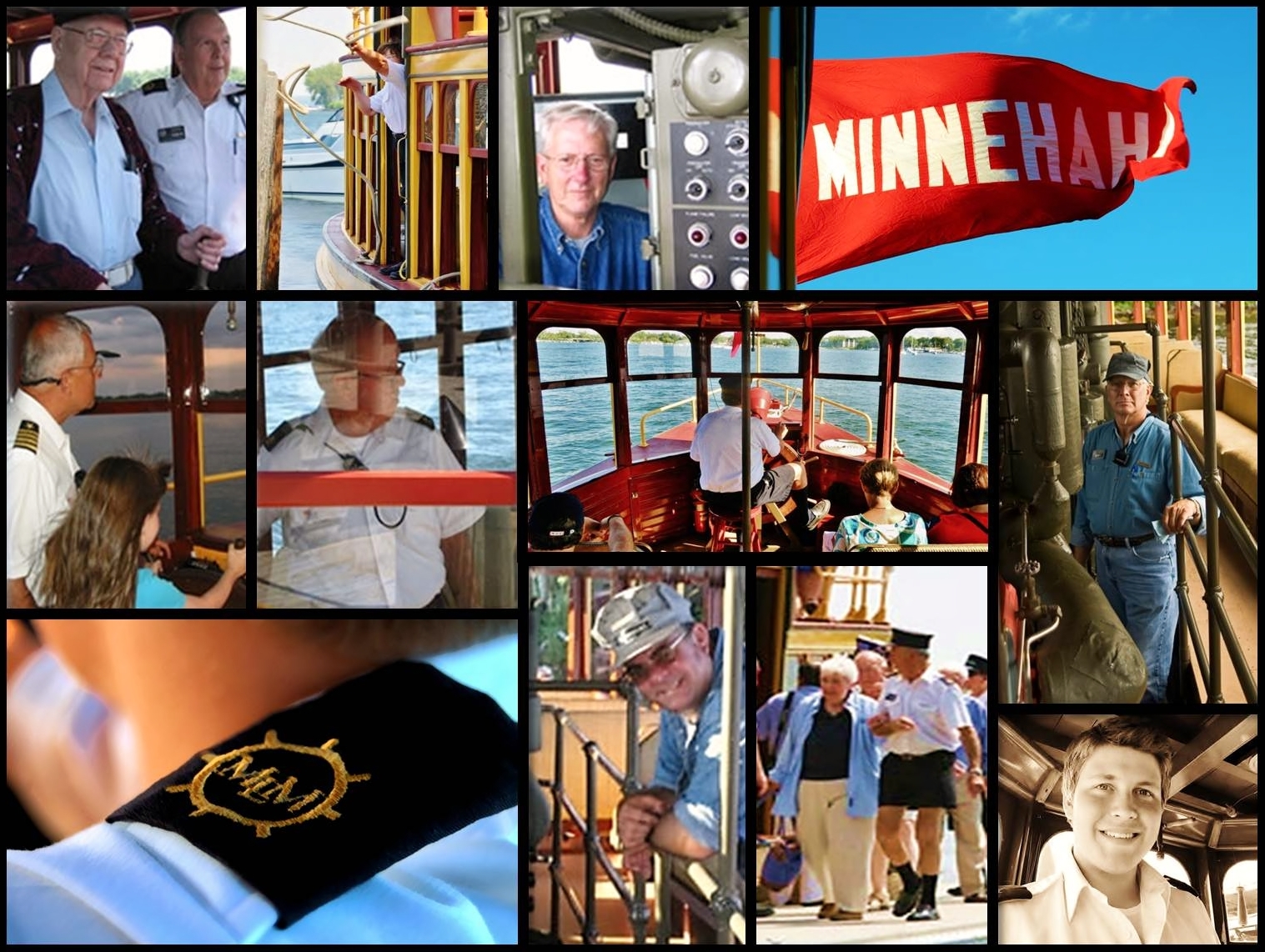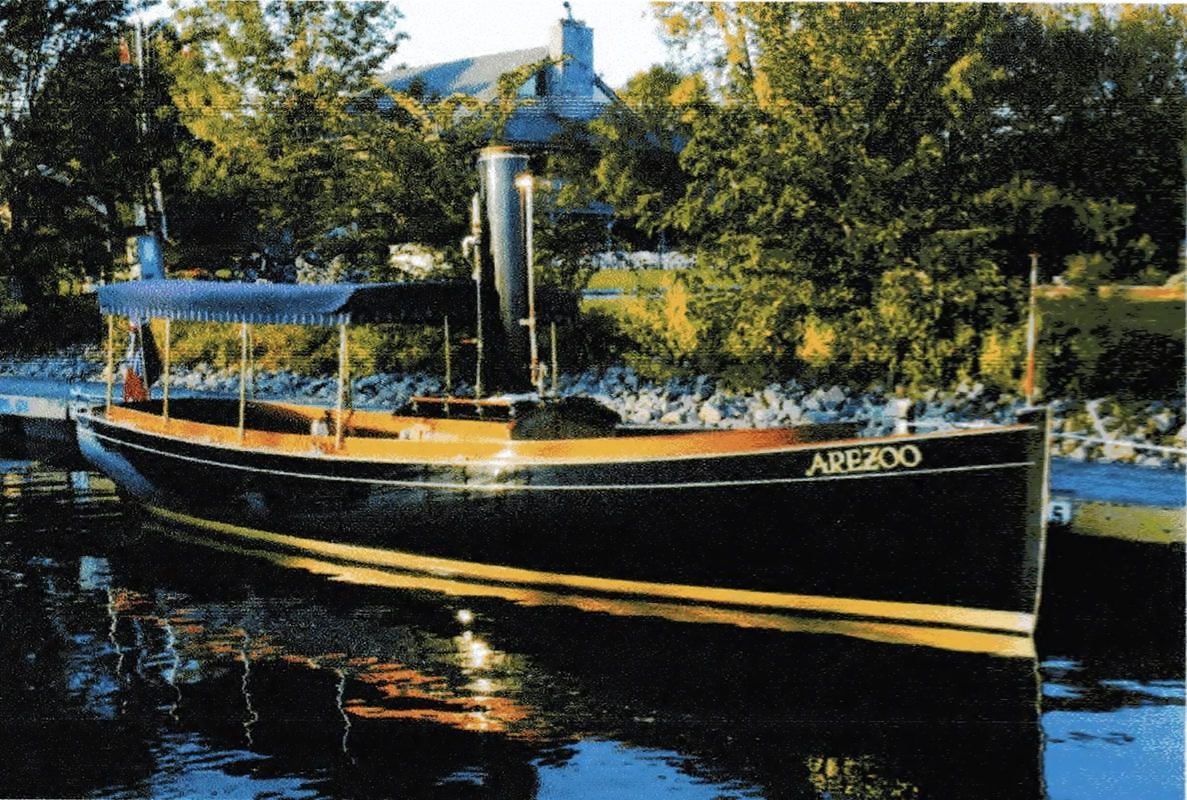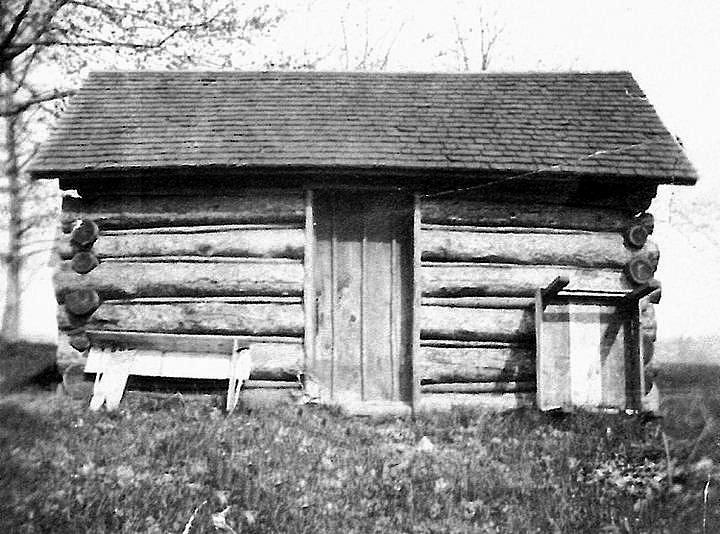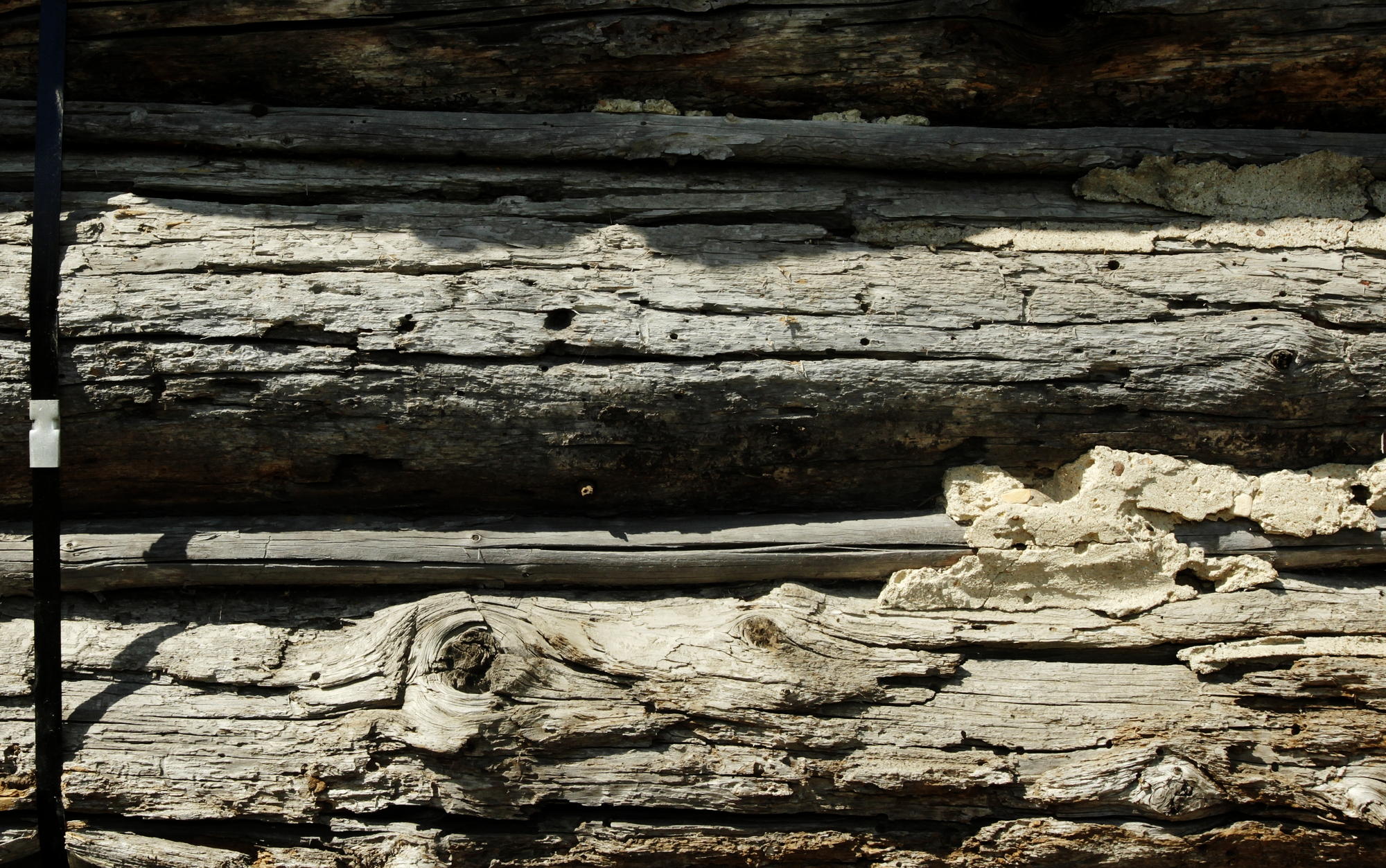
Bold. That was the type of year 2014 was for the Museum of Lake Minnetonka. With an overhauled timetable, national press coverage, and another Captain at the helm, it was nothing short of this. Here we will reflect on this truly spectacular year.
New Passenger Experience
It began by asking the question “How can our passengers’ experience be more historical?” We realized at that point that the Museum had to reinvent itself – no longer could we simply provide a mere boat ride. Instead we would have to provide a fully historical, educational, and legendary experience. The first order of business was to overhaul Minnehaha‘s timetable with all new and unique cruises, each of which would cover a different part of the lake and highlight different stories from Lake Minnetonka’s past. Among these new cruises included Minnetonka’s Gold Coast, Legends of Big Island, and Victorian Gems, Cottage Treasures. An additional specialty cruise called The Grand Minnetonka Voyage was added as well. Departing only once a month, this two-and-a-half hour cruise would be by far the most inclusive experience the Museum had ever offered.



